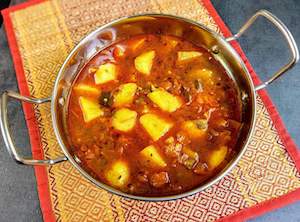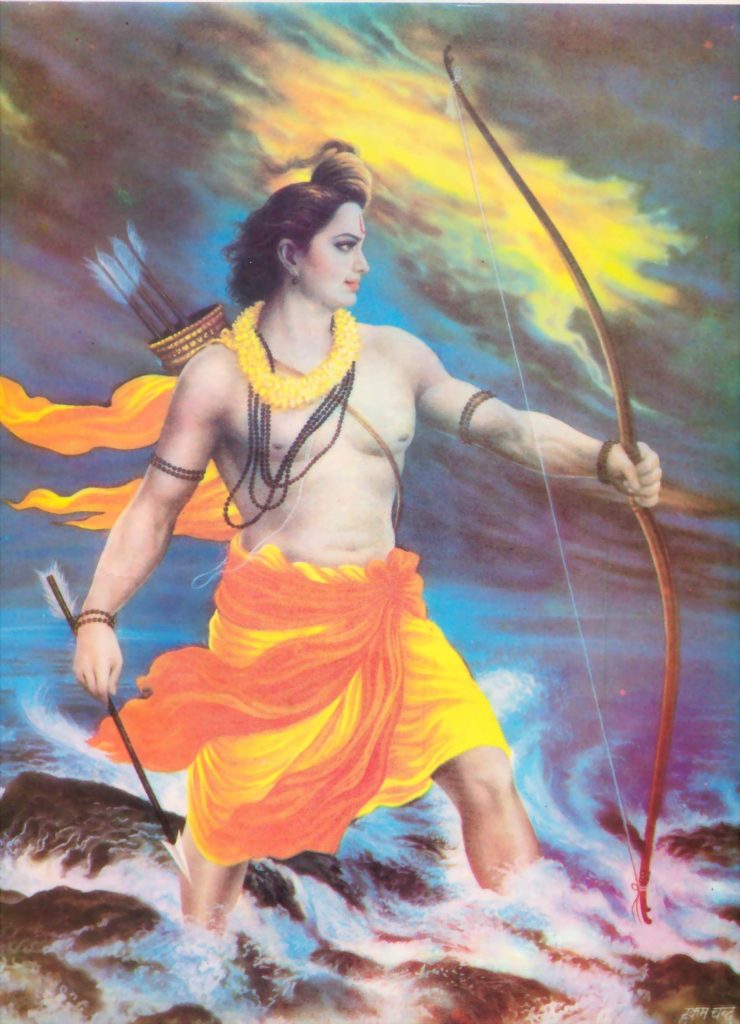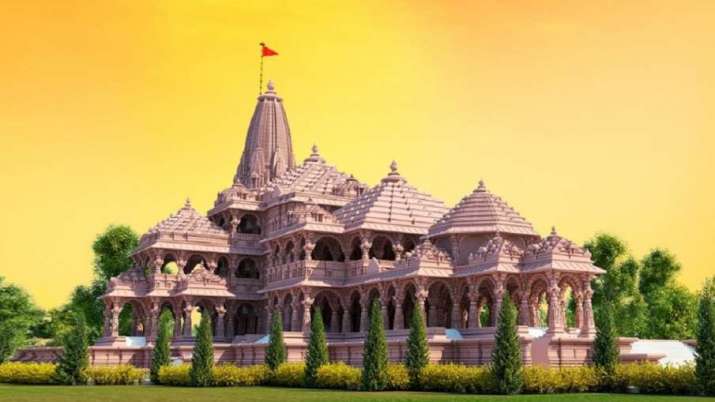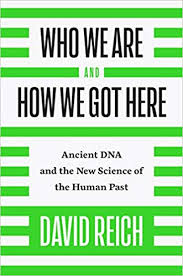Since many of you are innumerate, I first want to make it clear that Sindh province is 10% Hindu. These Hindus are concentrated mostly in rural areas. As you likely know most elite Sindhi Hindus no longer live in Pakistan. These are poor and relatively powerless people.
This story makes a lot of sense in that context, Poor and Desperate, Pakistani Hindus Accept Islam to Get By:
The mass ceremony was the latest in what is a growing number of such conversions to Pakistan’s majority Muslim faith in recent years — although precise data is scarce. Some of these conversions are voluntary, some not.
News outlets in India, Pakistan’s majority-Hindu neighbor and archrival, were quick to denounce the conversions as forced. But what is happening is more subtle. Desperation, religious and political leaders on both sides of the debate say, has often been the driving force behind their change of religion.
Treated as second-class citizens, the Hindus of Pakistan are often systemically discriminated against in every walk of life — housing, jobs, access to government welfare. While minorities have long been drawn to convert in order to join the majority and escape discrimination and sectarian violence, Hindu community leaders say that the recent uptick in conversions has also been motivated by newfound economic pressures.
As someone who has read a great deal about religious dynamics, this is not subtle, but a very typical. Contrary to some claims, very few conversions to Islam were “forced” in a physical sense. Rather, historically, individuals converted out of self-interest or desperation. Often there were whole communities who make this choice.
A second issue is that there are attempts to present a symmetry between what is happening in India and Pakistan. This story illustrates how no such symmetry exists. Muslims in India are obviously at a disadvantage, but their situation is not analogous to Pakistani religious minorities.
Part of the story here is obviously about the treatment of religious minorities under Islam, which was not out of the ordinary in 1000 A.D., but 1,000 years later is anomalous, insofar as low-grade persecution is common. But it is also a story about the lack of Hindu solidarity with these people who were literally “left behind” as the Lohannas decamped for Mumbai.
 The curry to the right contains potatoes, tomatoes, and chili pepper. All of these are features of Indian cuisine from the last 500 years, as they are New World crops. Unsurprisingly, they were often brought by the Portuguese and spread out from Goa. But, at this point, it’s hard to deny these have been thoroughly indigenized. So this brings me to some questions I have for readers (non-troll answers only, I may start banning people who answer unseriously, since I’m very busy this week and don’t want to waste time with drivel):
The curry to the right contains potatoes, tomatoes, and chili pepper. All of these are features of Indian cuisine from the last 500 years, as they are New World crops. Unsurprisingly, they were often brought by the Portuguese and spread out from Goa. But, at this point, it’s hard to deny these have been thoroughly indigenized. So this brings me to some questions I have for readers (non-troll answers only, I may start banning people who answer unseriously, since I’m very busy this week and don’t want to waste time with drivel): You can also support the podcast as a
You can also support the podcast as a 


 You can also support the podcast as a
You can also support the podcast as a